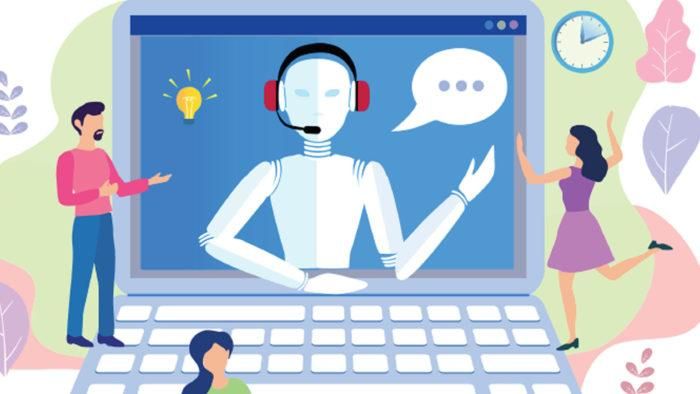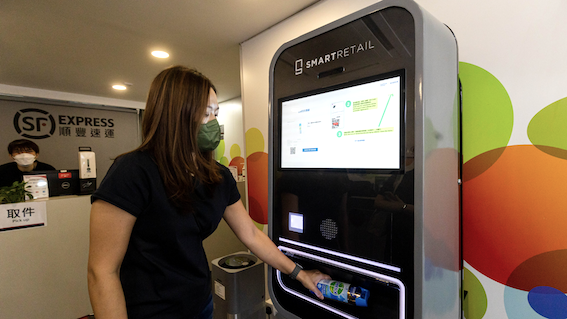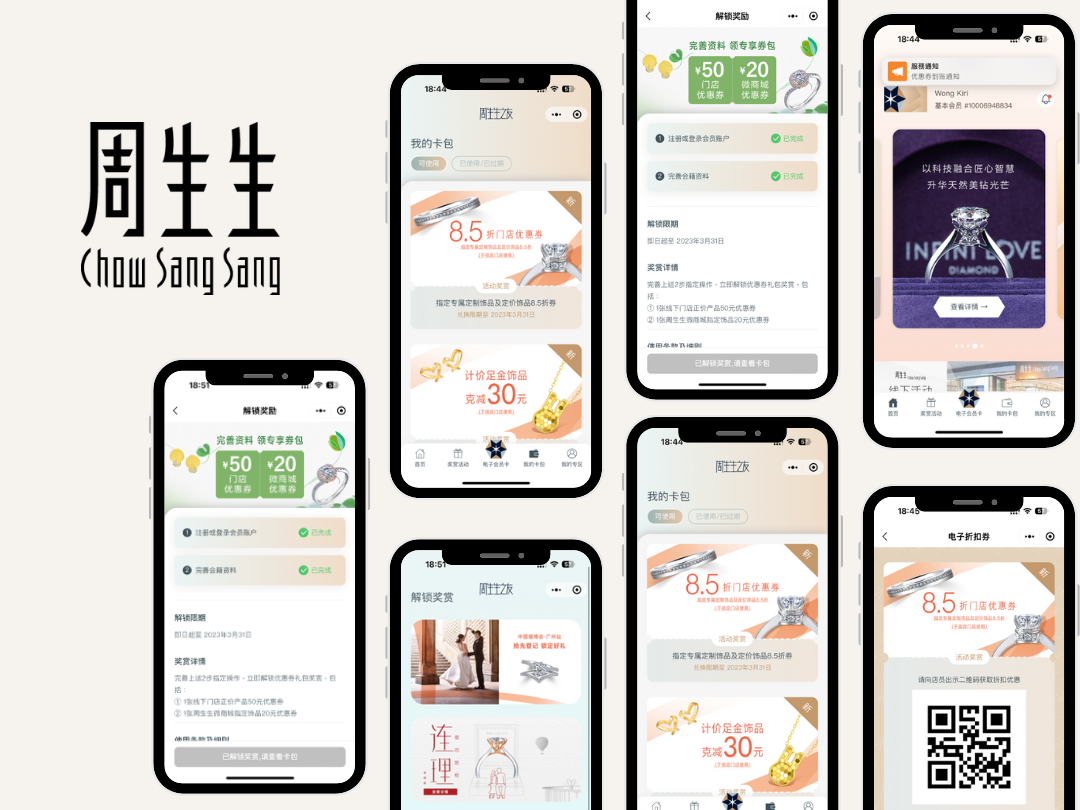Times have been tough for marketing professionals in Hong Kong. But rather than an excuse to sink into lethargy, perhaps the hardship should be acting as an industry-wide wake-up call. Though it’s easy to blame the current climate, there have been bad habits forming for quite some time. Our Futurist Master Report from PRIZM asks if we can use this pressure productively and find ways to focus on who our audiences are and how better to reach them, to bring us a prosperous 2020.
It goes without saying that it has been a slow second half-year for all of us in Hong Kong. Yet retailers and businesses are anticipating an even tougher time in 2020, with weaker local purchase power on the one hand, and fewer inbound travellers on the other.
This gives us every reason to rethink our strategies and tactics within the boundaries of restricted budgets.
We have spoken with multiple brands in the past five to 10 years and were happily indulged by an infinite inflow of new customers. But while many of us were busy exploring new channels and ad platforms for acquisition and conversions in a vast sea of possibilities, some of us seem to have forgotten to nurture the ones we had already engaged with.
For a while, we have been preaching and affirming “the marketing funnel is dead”. When we dealt with multi-channel (including digital) marketing in the past, we were confident in mapping the customer journey so we knew when, where, and how we should go after them.
Now, all customer engagements take place through non-linear journeys, to the extent that still using the term “O2O campaign” sounds incredibly dated. Vigorous and easily accessible marketing attempts from brands make it more difficult for them to form longlasting relationships with their customers.
This has led us to suggest a few initiatives. In order to kick-start this, the simple million-dollar question for retailers is: “Are you able to tell what portion of your business comes from new or repeat customers?”
The odds are that even if you can deduce that from an existing loyalty programme already in place, it’s only detecting the most loyal group. What brands need is an integration of systems to consolidate data and ultimately deliver a seamless and painless experience for stitching customer records without intrusive actions.
One of the best examples of binding digital payments and customer profiles is the masterful execution in China by Alipay and WeChat Pay. Customers are automatically identified whenever they pay, which provides business insights while also enriching loyalty and CRM activities.
The goal is to gain a single customer view of our database, and that brands should pick the brains of marketers to create an array of automation tasks that communicate and engage with every customer in personalised and creative ways. This is contrary to the traditional practice where automation is merely related to promotions and deals.
Putting trust in personalisation and content marketing is great. Yet, another key factor is the variation of channels and mediums. We have to make sure chatbot conversations are synced among all touch-points so that the customer is always picking up from the last conversation, no matter if it is Facebook, Instagram, or the WhatsApp chatbot.
We should be glad the alarm went off at the perfect time so we are pressed to turn this conversation into action in 2020.










